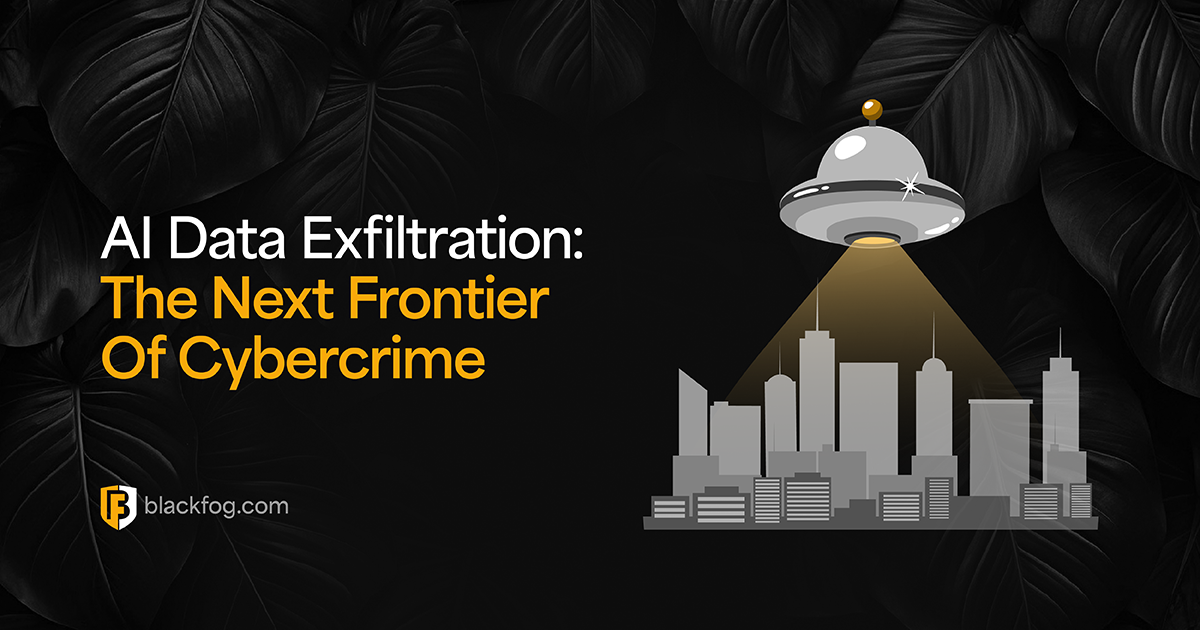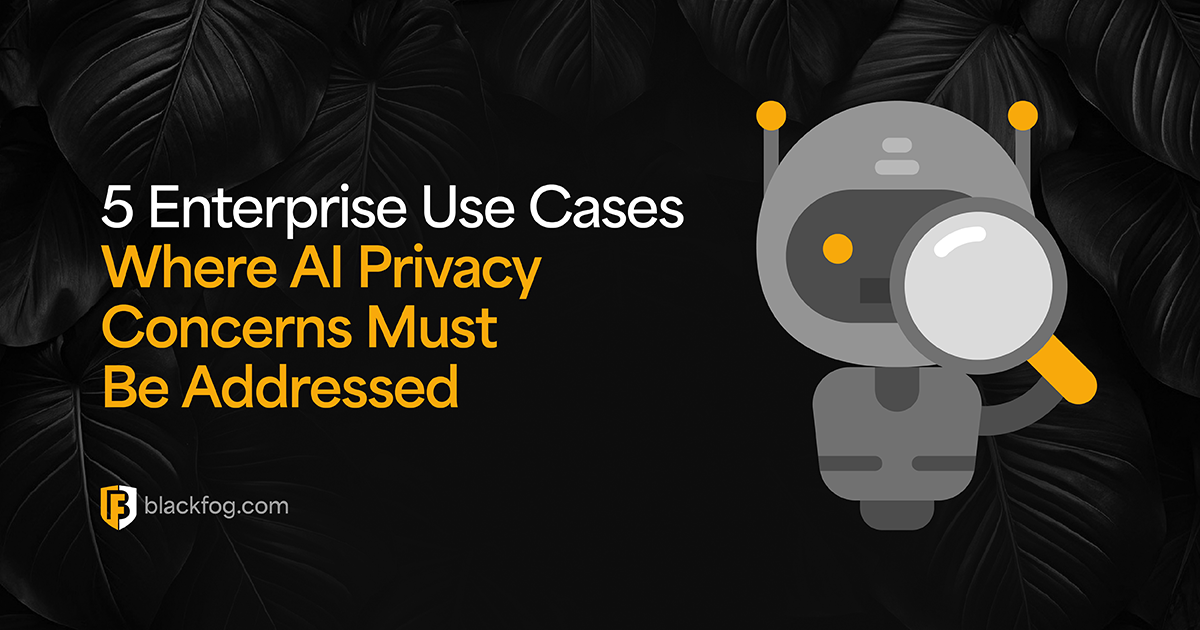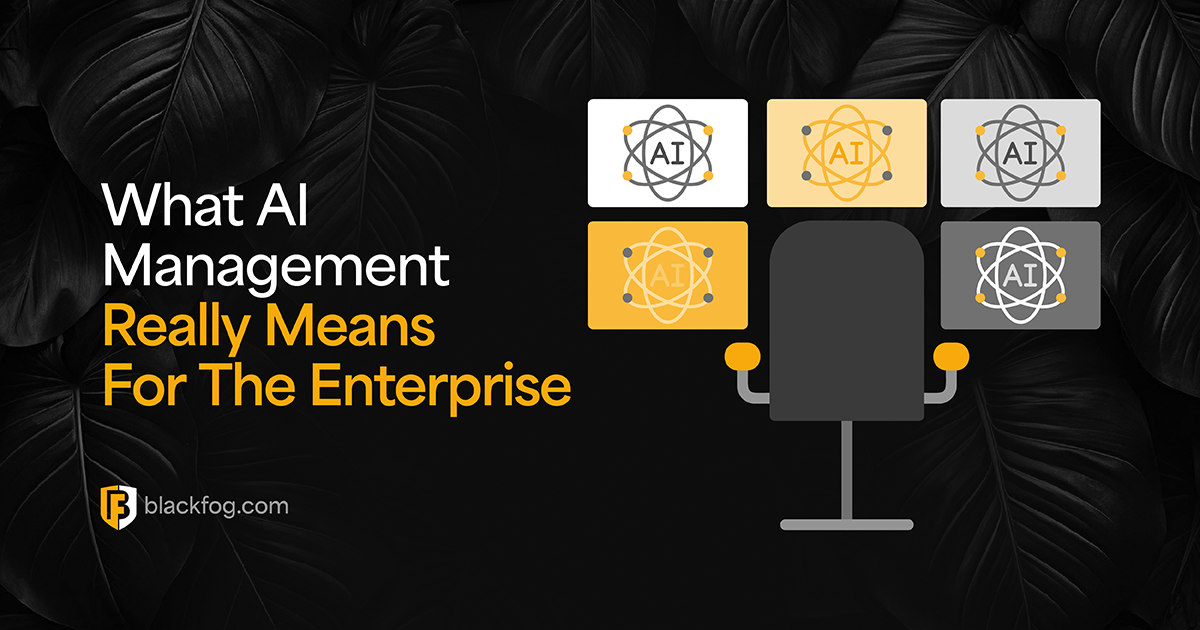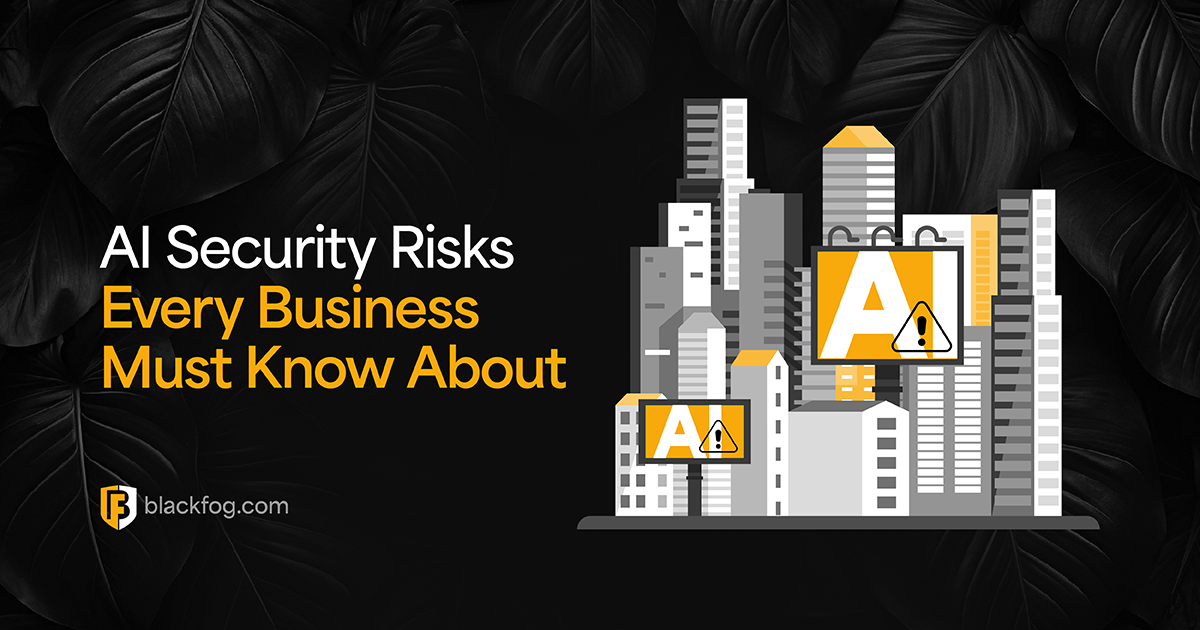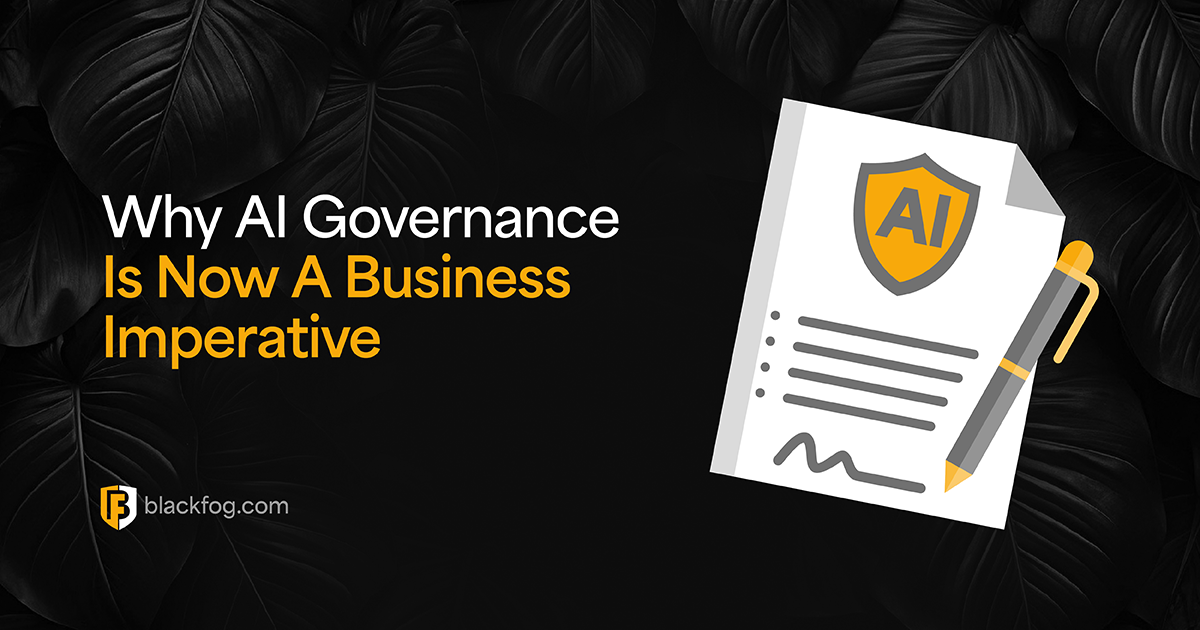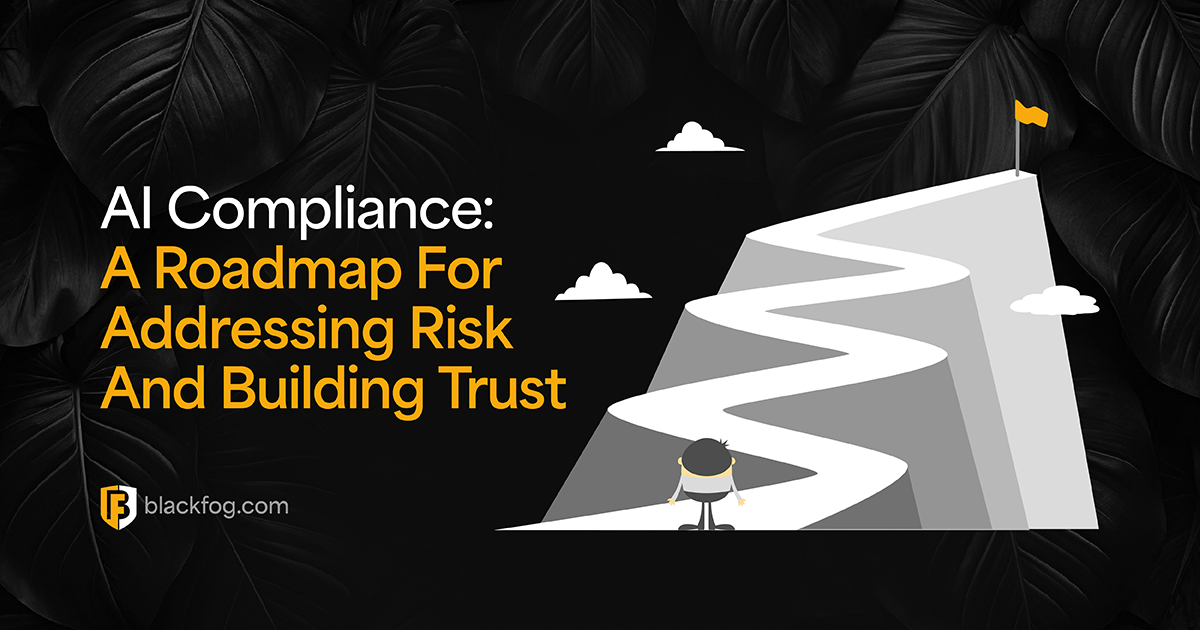
Continuous Data Protection: Benefits and Implementation Strategies
Data is the lifeblood of every modern business, so when things go wrong with your digital assets, the resulting damage can be immense. Indeed, data loss is a widespread problem, especially when it comes to information stored in the cloud. According to one study by HYCU, 70 percent of organizations experienced data loss in SaaS applications over the last year.
Whether its downtime caused by problems like hardware failures, or something more malicious, any time spent offline – because employees and customers are unable to access key data – can cost firms thousands of dollars every minute.
Traditionally, one key line of defense against such incidents has been comprehensive, regularly scheduled backups. But even if this is successful, relying on periodic backups means organizations may still lose valuable information. With cybercriminals constantly refining their tactics to counter this, new solutions are required. For many firms, this is where continuous data protection software comes in.
What is Continuous Data Protection?
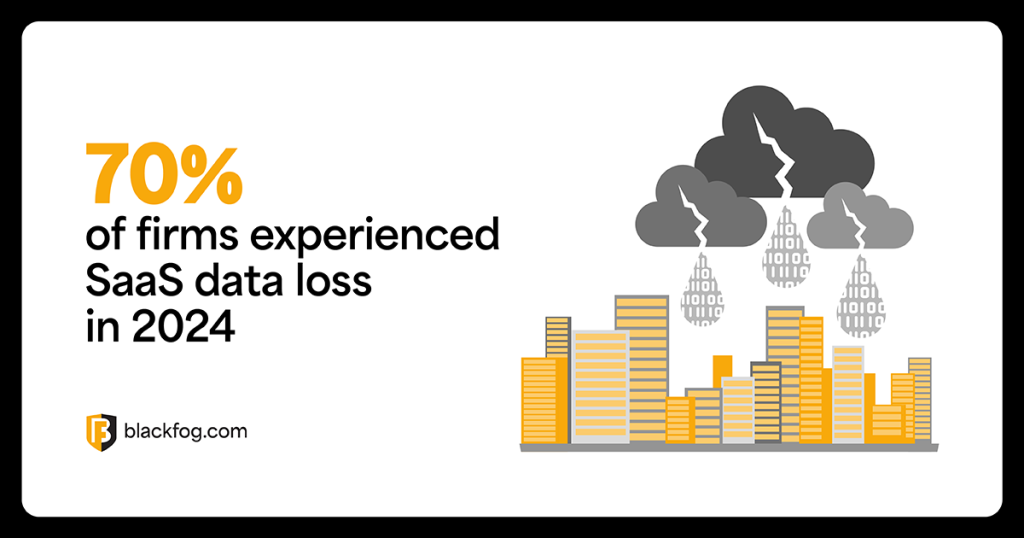
Continuous data protection, or CDP, is the practice of backing up your critical and most sensitive data every time a user makes a change. This contrasts with traditional backups that are conducted on a regularly scheduled basis, which may fail to restore any changes made prior to the planned data replication and backup processes.
CDP minimizes data loss in the event of cyberthreats, system failures, or accidental deletion. It is particularly valuable in defending against ransomware attacks, enabling organizations to revert to an uncorrupted state instantly.
With increasingly stringent compliance regulations and growing concerns over data security, CDP enhances business continuity and operational resilience. By adopting CDP, enterprises can ensure near-zero data loss, streamline disaster recovery processes, and maintain uninterrupted operations even in the face of cyber incidents.
How Does Continuous Data Protection Work?
CDP backup services tend to fall into two categories. The first is True CDP, which writes to a backup every time a user makes a data change. This allows organizations to achieve a Recovery Point Objective (RPO) of zero – in other words, no data will be lost when restoring from backup. A True CDP system should also provide a complete record of changes, enabling you to restore to any point before a data loss or ransomware incident.
The second is Near CDP. Technically, this still uses scheduled backups in the same way as legacy systems, but it will typically have a much higher frequency rate. This offers businesses a wider variety of recovery points, enabling them to revert to a more recent position than traditional backup methods would allow, should they experience a hacking attack or data corruption incident. However, they will usually only keep a certain number of backups to save on storage space, with the oldest ones being overwritten regularly.
Regardless of which option your service provides, the next factor to consider is where the CDP solution backs up. Typically, firms that need fast response times will opt to write to an on-site backup, usually a dedicated server, that allows for almost instant data recovery. The alternative – off-site backup, typically using technology such as tape backup – offers better security as it is isolated from the primary network, although it is slower.
Cloud storage provides a number of advantages for this, allowing firms to automate many of their key processes and make a more rapid recovery, but it does mean businesses may have less control over their data.
CDP vs Traditional Backup Methods
CDP and traditional backup techniques serve the same purpose, but they differ significantly in execution, efficiency, and recovery capabilities. Understanding these is essential when making a decision about which to implement.
When it comes to backup frequency, True CDP captures every data change in real time, ensuring no loss of information between backups. It records modifications continuously, allowing enterprises to restore data to any specific point. By comparison, traditional solutions operate on fixed scheduled intervals, which could be anywhere from hourly to weekly, depending on the importance of data and how often it is likely to be modified. This creates backup gaps, meaning any data created or modified between backups is at risk of being lost in the event of a failure.
CDP also provides granular and near-instantaneous recovery, allowing organizations to roll back data to precise moments before a disruption, including ransomware attacks or accidental deletions. This reduces downtime and prevents significant data loss.
Traditional backups restore data based on the last available backup snapshot, which means recovery time varies depending on the frequency of backups. If the most recent backup is outdated, this can potentially lead to significant data loss.
The Benefits of Implementing CDP
A continuous data protection system aims to solve the issues caused by having a scheduled backup solution. In these situations, any changes made to systems between backups can be lost if there is an outage or cybersecurity incident that requires data recovery, while reliance on legacy technology such as tape backups can often slow down the process of data recovery.
Key benefits of using CDP to protect data include:
- Minimized data loss: CDP drastically reduces data loss by capturing every change in real time, unlike traditional backups that leave gaps between scheduled saves. This constant data capture keeps business operations resilient and protected from unexpected disruptions.
- Enhanced recovery options: With CDP, businesses can restore data to an exact point in time, providing improved flexibility for data recovery. This minimizes downtime and improves RPOs, allowing organizations to recover from ransomware attacks, corruption, or accidental changes with much greater accuracy.
- Improved compliance and auditing: CDP maintains a complete, timestamped record of every data modification, helping businesses meet regulatory requirements. This continuous logging aids in audits, ensuring organizations can track and verify data changes. Industries handling sensitive information such as finance and healthcare benefit from CDP’s ability to provide transparent, verifiable records that support compliance with GDPR, HIPAA, and other data protection regulations.
Challenges to Consider
There are, however, several challenges that organizations must address before transitioning from a traditional incremental backup approach to a CDP solution. Important factors that must be considered include:
High Resource Consumption
CDP effectively doubles data throughput, as every single action performed on the system – whether a file is created, modified, or deleted – must be immediately replicated to the backup servers. This constant replication process demands substantial computing power, bandwidth, and storage capacity, making it far more resource-intensive than periodic backups. Additionally, CDP solutions rely heavily on disk-based storage rather than traditional tape or cloud snapshots, requiring enterprises to invest in high-performance storage systems that can handle continuous write operations without bottlenecks.
Infrastructure Costs and Complexity
The need for extra hardware means implementing CDP often involves higher upfront costs compared to traditional backups. While cloud-based managed services can alleviate some of this by scaling storage dynamically, organizations with on-premises infrastructure may need to invest in new disk arrays to meet the increased demand. Integrating CDP with existing IT systems also means businesses must allocate resources for ongoing management, monitoring, and potential upgrades.
Avoiding Single Points of Failure
CDP must be carefully managed to avoid becoming a single point of failure itself. If a CDP system is not properly configured or lacks redundancy, an outage or corruption within the backup environment could impact both live and backup data simultaneously. To mitigate this risk, businesses must implement failover mechanisms, redundant storage solutions, and robust disaster recovery strategies.
Implementing CDP in Your Organization
So how should firms go about implementing this technology if they determine it’s the best solution for their company? Here are a few key points to keep in mind.
Assessment of Needs
Before adopting CDP, businesses must evaluate their data protection requirements. This involves analyzing the volume of data generated, identifying which are the most critical assets, and determining the organization’s tolerance for downtime. Industries handling highly sensitive information, such as finance, healthcare, or legal services, may benefit the most from CDP’s real-time recovery capabilities. Firms should also assess their existing IT infrastructure to determine whether additional storage or bandwidth upgrades are necessary.
Choosing the Right Solution
Selecting the right CDP solution depends on several factors, including scalability, compatibility with existing systems and recovery objectives. Organizations must decide between on-premise, hybrid, or cloud-based CDP based on their operational model and budget. It’s also crucial to consider vendor reputation, security features, and the ability to integrate disaster recovery planning into the solution.
Integration Best Practices
Successfully deploying CDP requires careful integration with existing IT systems. Businesses should start with small-scale pilot testing before a full rollout. This will help ensure compatibility with storage solutions, applications and network infrastructure, as well as identifying any problems. Implementing redundancy measures, such as failover storage, prevents CDP from becoming a single point of failure. Finally, continuous monitoring and automated alerts help IT teams track performance and optimize data protection.
Share This Story, Choose Your Platform!
Related Posts
AI Data Exfiltration: The Next Frontier Of Cybercrime
How are cybercriminals using AI data exfiltration to enhance their ransomware attacks and what must businesses do to counter these threats?
5 Enterprise Use Cases Where AI Privacy Concerns Must Be Addressed
AI privacy concerns are rising with AI adoption - five use cases highlight the key issues businesses must consider.
What AI Management Really Means For The Enterprise
Ongoing AI management is essential in maintaining compliance in a challenging environment. Here's what businesses need to consider.
AI Security Risks Every Business Must Know About
AI Security Risks are growing as AI embeds in business. What key threats must firms address to stay compliant with data regulations?
Who’s Really In Charge? Why AI Governance Is Now A Business Imperative
Find out why a strong AI governance program will be essential if enterprises are to make the best use of the highly in-demand technology.
AI Compliance: A Roadmap For Addressing Risk And Building Trust
AI compliance is set to be a major focus for businesses in the coming year. Here's what you need to know to make this as easy as possible.

